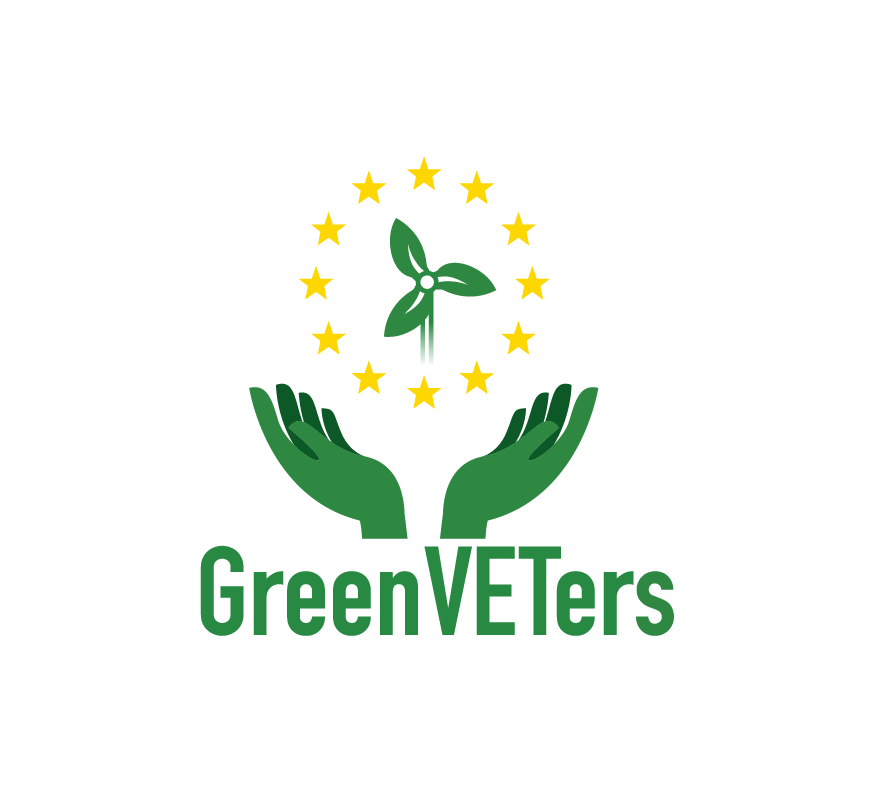Organic farming is an agricultural system that uses fertilizers of organic origin such as compost manure, green manure, and bone meal and places emphasis on techniques such as crop rotation and companion planting. Organic standards are designed to allow the use of naturally-occurring substances while prohibiting or strictly limiting synthetic substances. Labour input, carbon and methane emissions, energy use, eutrophication, acidification, soil quality, effect on biodiversity, and overall land use vary considerably between individual farms and between crops, making general comparisons between the economics of organic and conventional agriculture difficult. In the European Union, “organic farmers receive more subsidies under agrienvironment and animal welfare subsidies than conventional growers”.
Case Study 1
Permaculture as an ecological design system for sustainability, teaches us how to design natural homes and abundant food production systems, regenerate degraded landscapes and ecosystems, and much more. Besides that, in all countries, there is a
specific calendar that shows when the best time is to start the growing season, and that stands for seasonality. Seasonal food is important for health and the environment because it helps preserve local and small-scale farmland and at the same time supports local agriculture and farmers who choose to farm sustainably. Growing our own food is an act of defiance against conventional, environmentally degrading agriculture and shows more self-sufficiency, which is so important in times of crisis.
Case Study 2
Mirosław Angielczyk is an example of the fulfilment of the American dream – from a punter to a millionaire, but in the Polish version. The businessman from Koryciny, Poland is living proof that dreams do come true if the faith in them is strong enough
and there is no lack of determination to make them come true. He started as the youngest companion on his grandmother’s and her friends’ expeditions in search of herbs. During his studies, he maniacally visited Warsaw shops just to smell the aroma of dried plants. After such an introduction, the choice of his life path was obvious.
Source: https://krainabugu.pl/zielarski-sukces-po-podlasku/
Case Study 3
People often ask whether it is really possible to make a living from permaculture, the approach to growing that works with, rather than against, nature. First of all, it is important to point out that there are really two different questions in the above. The first question is whether there is sufficient interest in permaculture to make money from design, disseminating information, teaching, etc. The second question is whether a permaculture approach can generate enough income for a farm or smallholding to become a self-sustaining (and perhaps even profitable) business.
Source: https://www.treehugger.com/making-living-permaculture-design-practice5097391
Case Study 4
At the organic farm of the Liebert family, everything revolves around the goat’s stable in Geratshofen. The enterprise managers have decided to present their animals in a new manner since goats still hold the role of exotic creatures in Germany. BioLiebert is
an organic demonstration enterprise. Transparency and the strengthening of consciousness are important to enterprise managers. Since it cannot be determined if the criterium “regional” permits unrestricted consumption, the farm cultivates
regionally and organically.

